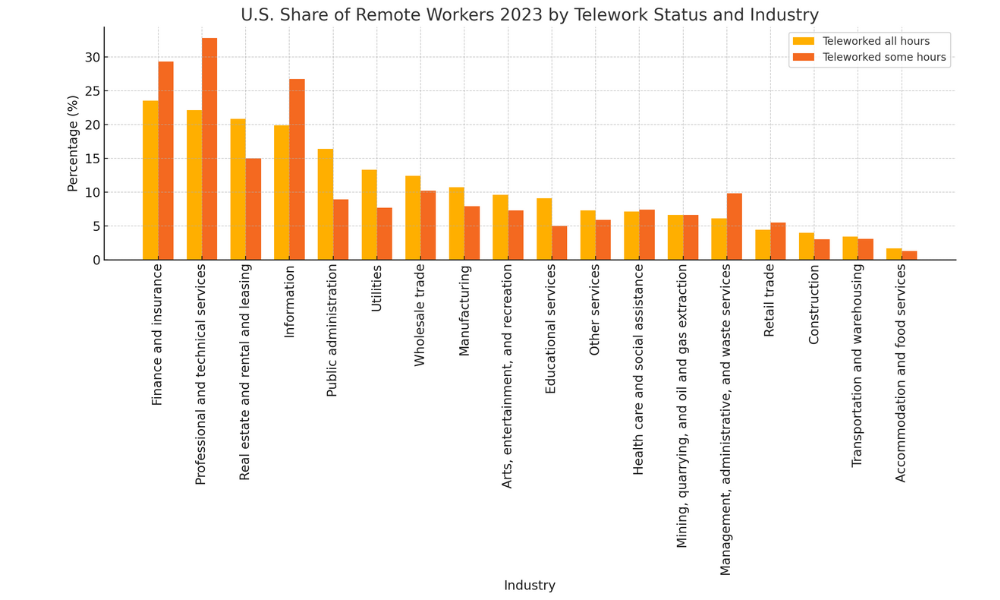

Before COVID, working in the insurance industry was a predictable 9-5 (and for many of us longer). That time was almost exclusively spent in the office – reached with a commute in each direction, sometimes adding an hour or even more to the working day.
But as we all know, times – and what consists as ‘the workplace’ - have changed, perhaps for ever. Working from home, at least part of the time (now often referred to as telecommuting, probably because it keeps the image of someone perched at the kitchen island while attending a client meeting out of one’s mind) is very common in our profession.

When Karen Williams (pictured) joined Risk Strategies as part of the company’s acquisition of New York-based Krauter & Company, she had little idea that in just a few months the working world would be turned upside down by a global pandemic originating far away in Asia. That epidemic did sweep the world though and catalyzed the gradual work from home ripple to a tsunami – causing Risk Strategies to make significant adjustments to its workforce model, focusing on remote work.
In an exclusive interview with Williams, who is now a senior managing director at the top 10 private insurance brokerage, she told Insurance Business that a significant percentage of the company’s private equity vertical now operates entirely remotely.
“Some staff are hybrid,” she told IB, “but over 50% are fully remote with a very wide geographic footprint within the US.”
Initially, employees were given the choice between fully remote or fully in-office work environments, however, as we refine our ways of working, some have transitioned to a hybrid model.
“The remote work model has led to increased productivity and job satisfaction,” Williams said. “It also offers greater flexibility, particularly for employees with caregiving responsibilities. We have several working mothers that are recent hires.”
This shift aligns with broader trends in the US workforce, where remote work has become more prevalent. According to a 2023 report by Stanford University, 40% of US employees work at least one day a week from home.
Risk Strategies’ change to remote was rapid following coronavirus, and staff were given options on how they wanted to work.
“We were offered two options at the outset,” Williams explained, “and it was either fully remote or fully in office. So, a significant percentage of the staff went fully remote.”
Of the remaining employees, while they chose to be in the office, they tend to be more hybrid than full-time in the office, according to Williams. “I’m going to say they’re in maybe Tuesday, Wednesday, Thursday or Tuesday and Thursday.”
The question that lingers though, is what effect the dispersed workforce has on driving growth and development in businesses.
“[The remote work feature] is a very attractive one, and it does aid in our hiring process,” explained Williams. “But I am not a full advocate of it especially as it relates to the development of young talent entering our industry…does it really inure to their growth and development at the pace that we would like to see? I do not think so.”
Research backs up some of Williams’ concerns, with another recent Stanford paper showing that any savings on commute time are more than offset by increased needs for meetings, distractions or other factors.
With the upcoming retirement of many baby boomers, Risk Strategies has already taken steps to ensure that younger professionals are integrated into the workforce. The company’s teams are structured to include members from multiple generations, promoting knowledge transfer and collaboration. Senior employees are tasked with mentoring junior associates, a critical part of the company’s strategy to bridge the talent gap.
“Our teams typically include boomers, Gen X, millennials and Gen Zs,” said Williams. “This structure supports the transfer of industry knowledge while also allowing senior staff to learn from younger employees, particularly in areas such as technology.”
With teams built around senior level employees, “seniors are tasked, as part of their responsibilities, in the development of their junior associates,” she said. “It is not an option, it is part of their responsibilities, just as it is their responsibility to take care of our clients.”
The company also has several programs that are constantly in development. “It’s an ongoing process,” explained Williams. “Needs change and one must evolve with that. We have several programs for varying levels of talent including an emerging talent program for future leaders.”
“One program provides newer employees the opportunity to work, for example, for six months in one vertical and then cycle through to another to give them exposure and help them define a path that is of interest to them and that they may want to proceed on.”
And is the scramble for younger talent working? The problem may not be perfectly solved yet, but things are getting better, according to Williams.
“I believe we are in a better place today,” she told us, “But there is still the need to do more. There are really concerted efforts throughout the industry to support our initiatives in bringing in younger talent. I would say that ten to fifteen years ago, and before that, we were not thought of as the most attractive industry to be a part of. Today, that perception has changed, however, there is more to be done.”
